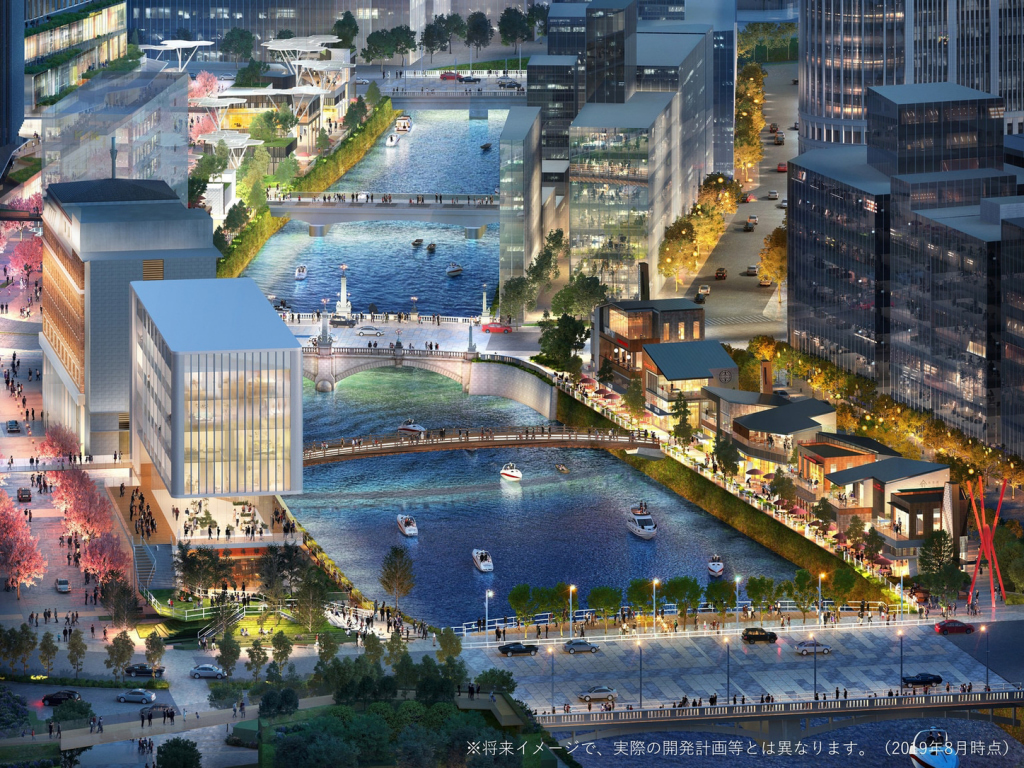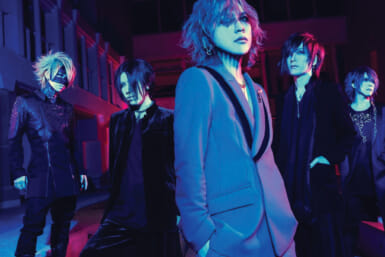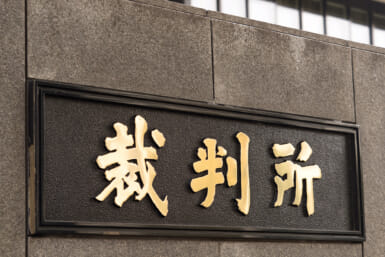If it feels like Nihonbashi has been in constant renewal, you’re not far from the truth. Last week, real estate company Mitsui Fudosan revealed the next step in their Nihonbashi revitalization plan. Yes, they’re taking down the expressway and burying it underground to give air to the famed Nihonbashi Bridge and make space for a beautiful waterfront.
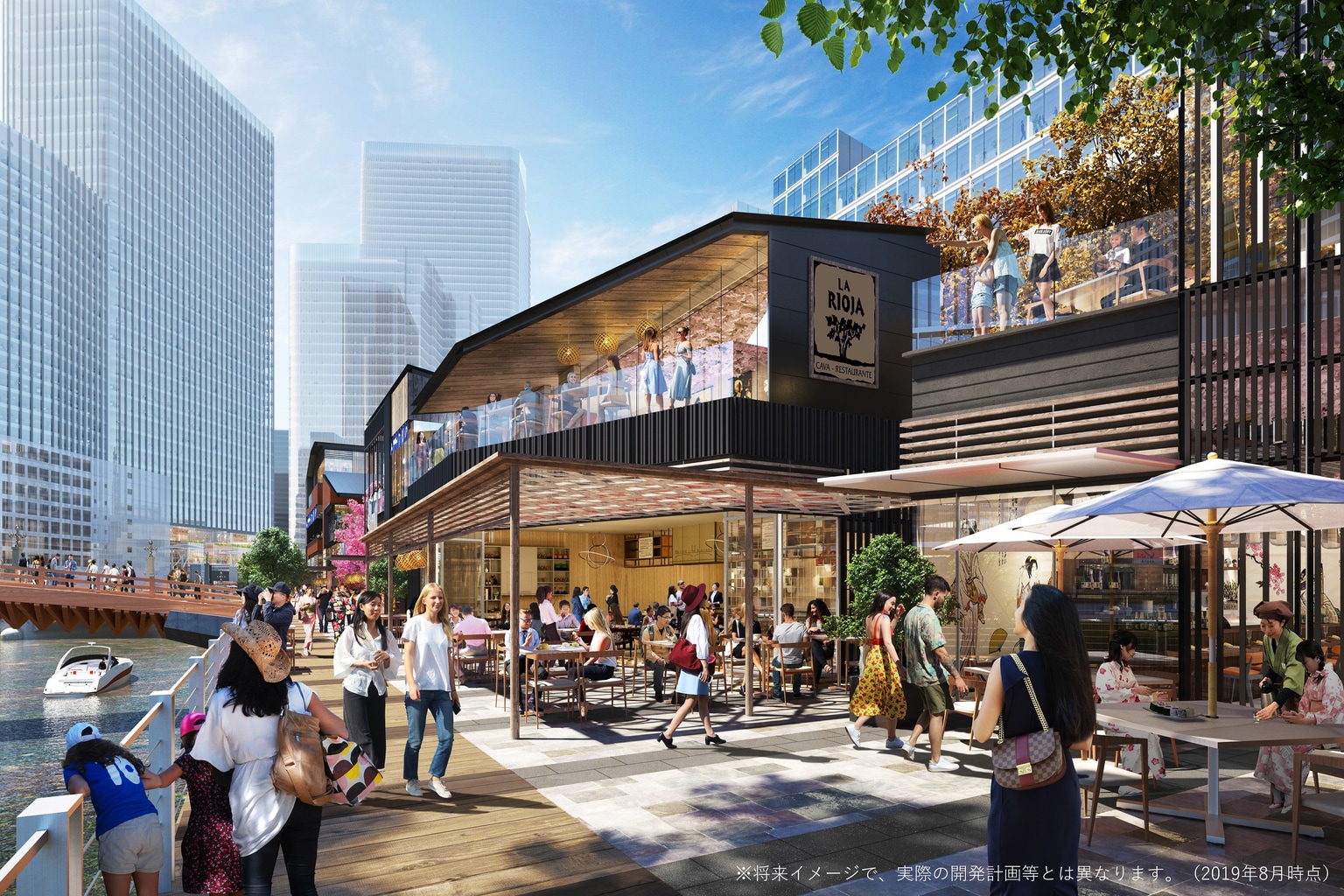
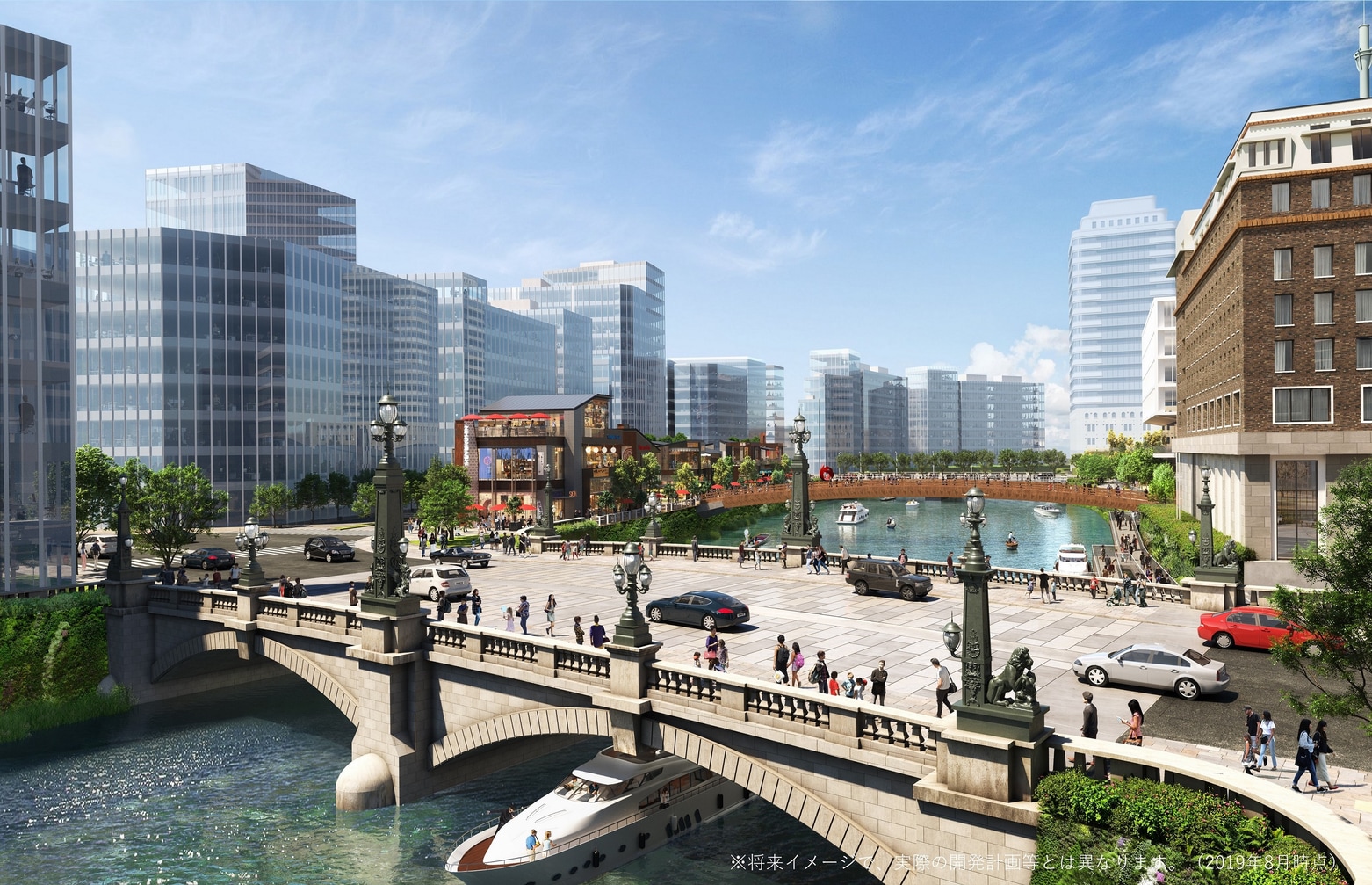
In the Edo era (1603-1868), the neighborhood was at the heart of Japan’s economy and one of the ports of entry that foreign merchants were most familiar with. The Nihonbashi Bridge was the starting point of the five major roads the led in and out of Edo (former Tokyo).
With Tokyo’s expansion and growth into one of the most populated metropolis in the 21st century, Nihonbashi lost a little bit of its cachet. Leading up to the 1964 Tokyo Olympics, the existing expressway was built over the original bridge. Locals and those familiar with the sight of the cultural structure were heartbroken.
Nearly two decades ago, Mitsui Fudosan embarked on a massive reconstruction project to give the area its original role of cultural and business hub, including the opening of “Coredo Nihonbashi” in 2004.
The next step, planned to start construction after the 2020 Olympics and reach completion by 2040, is to recreate the atmosphere of Edo-era Nihonbashi. The waterfront means re-giving the neighborhood that look and feel that made it to the heart of paintings and ukiyo-e woodblock prints. With the hope of creating a walkable experience that groups the essentials of Japanese culture, you can expect sidewalks lined with trendy restaurants, shops and experiences that encapsulate the best of Japan in a tourist-friendly approach.
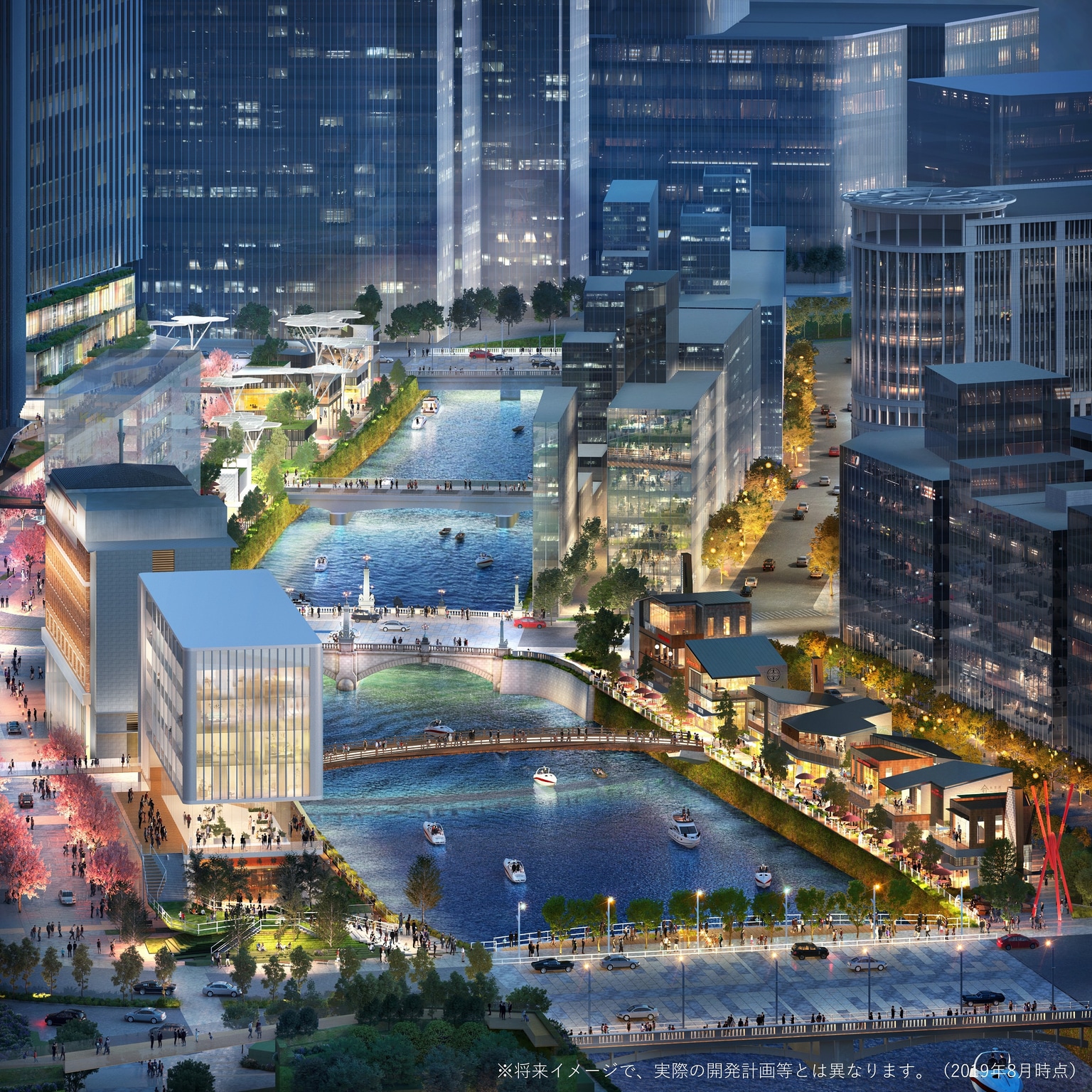
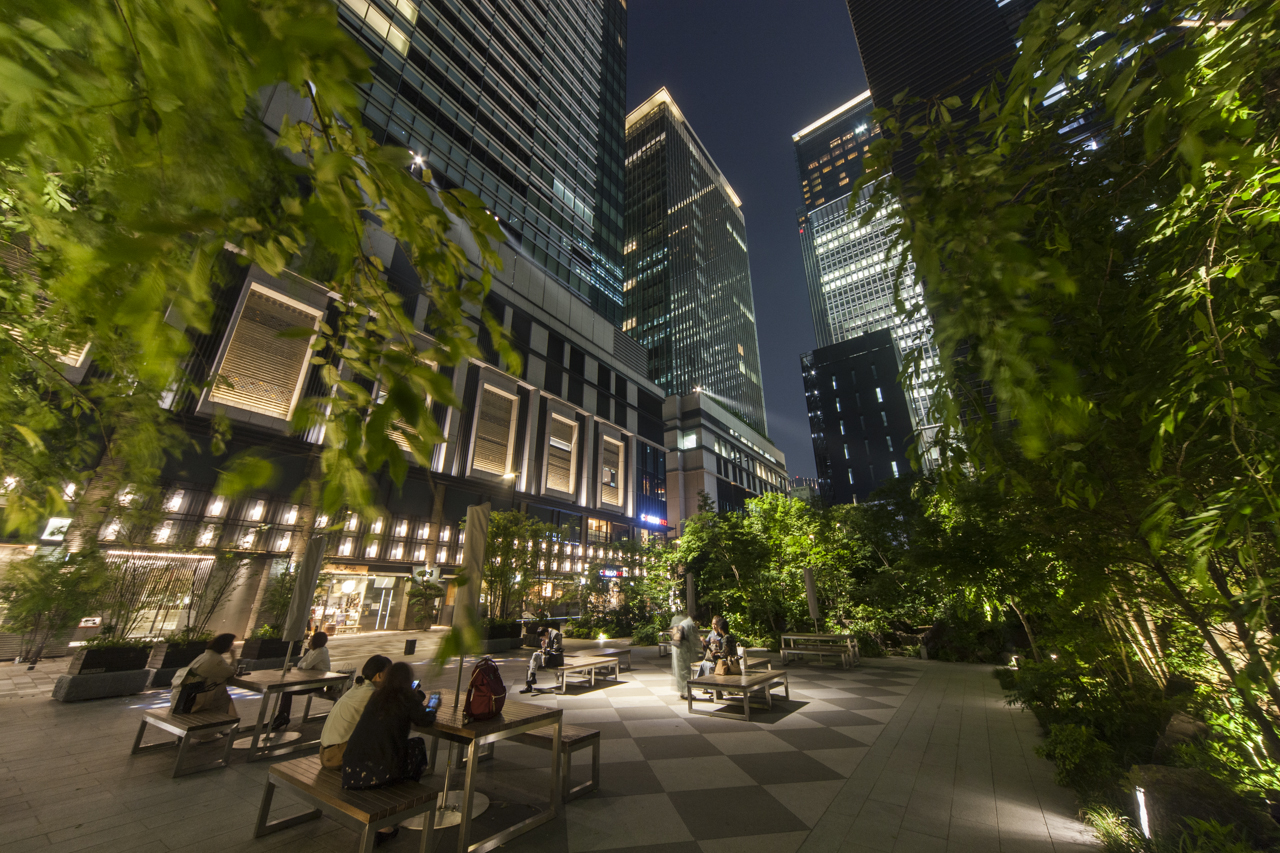
The plan showcasing the waterfront hopes to achieve three things: make Nihonbashi a point of entry to east Tokyo, showcase the taste of Japan and create an environment encouraging innovation.
Mitsui Fudosan proposed a handful of new services that will give new accessibility to both Narita and Haneda airports, Shinagawa, Odaiba and Asakusa neighborhoods. This could include everything from express trains to shuttle buses, organized tours and more. The goal is to create an experience of the city that’s easy for first comers to enjoy – and navigate (and we all know how Tokyo railways can be confusing).
The real estate giant promises a variety of new restaurants meant to represent the best of traditional Japanese cuisine in a friendly environment and a creative stage for the country’s and world’s avant-garde chefs. Finally, Mitsui Fudosan plans to make Nihonbashi a hub for businesses dedicated to technology. The west side, smaller in surface area, will be reserved for well-established and successful organizations such as JAXA and ANA, while the much larger east side will be open to startups like Groove X and Konel.
The future is looking bright.

